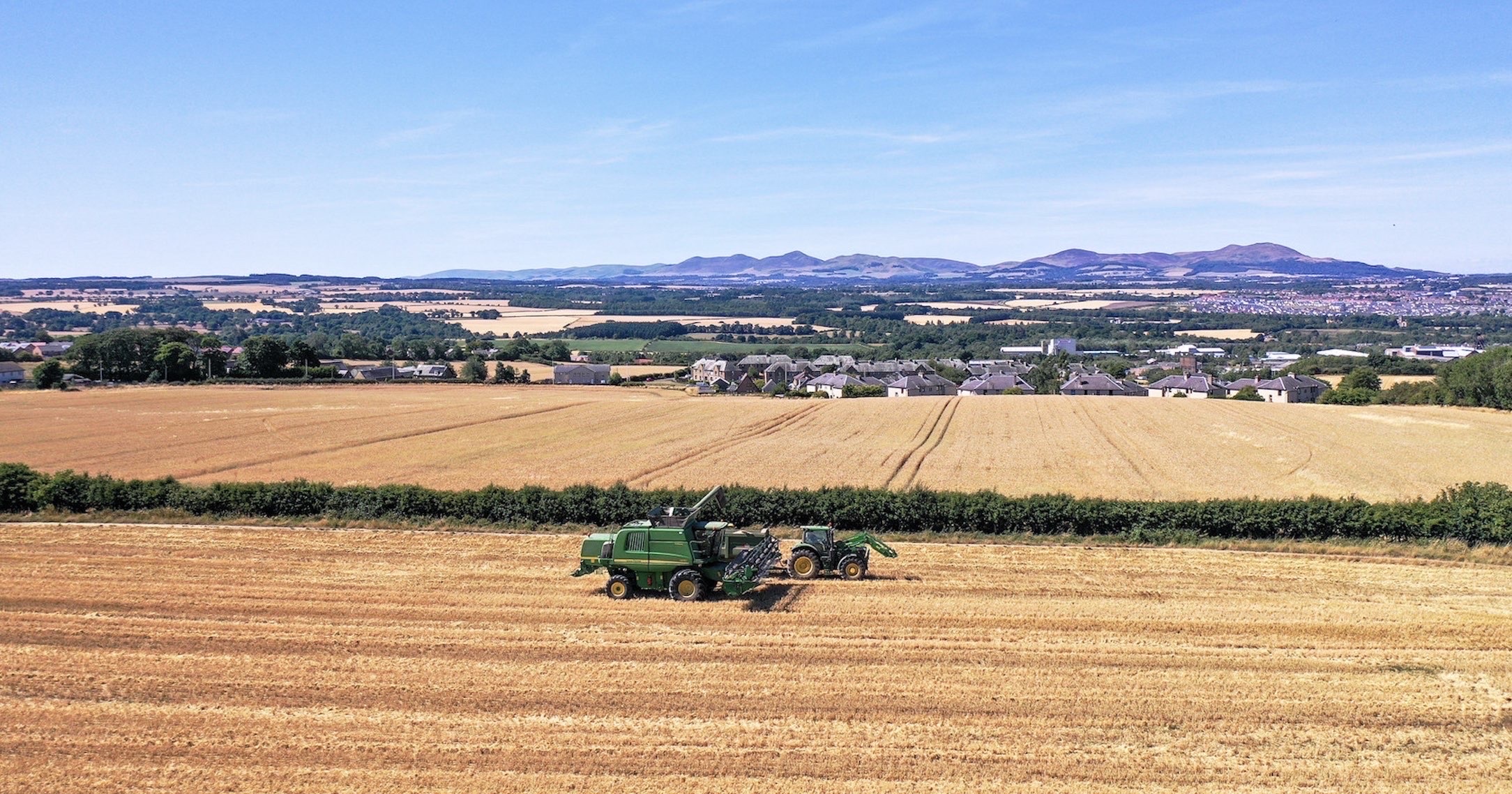Scottish Land Commission calls for regulation as demand for Scottish rural land surges

Andrew Thin
The Scottish Land Commission (SLC) has warned that local communities, family farms, and smaller businesses are at risk of being priced out of Scottish rural land, as it is increasingly sought after by forestry interests, natural capital investors, and corporate buyers, becoming a scarce commodity.
The Rural Land Market Insights Report 2023 underlines the need for action to ensure that communities, family farms, local businesses, and individuals are not priced out of the rural land market due to sustained high land prices driven by large-scale forestry and natural capital investments.
The report notes that, while forestry land prices flattened at the end of 2022, demand outstripped a continuing rise in the supply of land across the board, maintaining the “seller’s market” of 2021.
Andrew Thin, chair of the Scottish Land Commission, said: “The findings of our latest report underline the pressing need for action, including through the measures the Commission has proposed for the Land Reform Bill in relation to better regulation of significant land sales.
“Scotland’s land is increasingly valuable and in demand for several reasons. There are competing objectives as Scotland makes rapid changes to deliver on the Scottish Government’s climate and nature goals.
“Our land market report emphasises the need to actively shape these changes through policy and regulation to deliver on Scotland’s ambition for a just transition. But failing to act now risks exacerbating existing issues of concentration of ownership – leaving individuals and communities increasingly unable to acquire the land they need.”
The report highlights that commercial forestry continues to be the biggest driver of increasing land values, particularly in upland and non-arable agricultural land. Additionally, natural capital investment motivations remain widely discussed and are a key driver in the market.
The report indicates that the proportion of land being sold off-market/privately may have slightly reduced across the board as sellers seek to make the most of competitive market conditions. However, more smaller transactions appear to have been taking place off-market/privately.
Corporate and institutional buyers are still very active and a driving force in estates, upland, and marginal agricultural land, especially where peat is present. The report highlights that corporate and institutional buyers are increasingly interested in land as a financial asset and inflation hedge, with less immediate interest in land use.

Combine harvester during summer 2022 in Midlothian. Photographer Barrie Williams. Copyright Scottish Government, courtesy Rural Matters.
Finally, the report notes that, with the exception of prime arable, distinctions between land classes and uses are becoming increasingly blurred as forestry, natural capital, and agricultural buyers all chase the same land.
Mr Thin added: “The report indicates that the land purchases in 2022 were potentially reinforcing the pattern of concentrated land ownership in Scotland.
“A smaller pool of well-resourced purchasers were the most active in the market, whether these be large-scale forestry interests, expansionist agricultural businesses, institutional or corporate investors, or wealthy individuals.
“The prices achieved, and speed of many transactions, meant participation in the market has been curtailed, with particularly few opportunities for communities, new entrants and young farmers to acquire land, and help diversify the pattern of land ownership in Scotland.
Mr Thin continued: “The report emphasises the increasing competition for land amongst buyers with different motivations. The Commission’s work has shown that Scotland has little regulation in the land market compared to European and international peers, and that the measures proposed for the Land Reform Bill will help address this disparity.
“It is also clear though that wider policy and regulation will be required. For example, stronger regulation of emerging carbon and nature markets is essential for land use change to contribute to a just transition.”
The SLC will be publishing advice later this month on where it sees further steps being required in policy and regulation, specifically in relation to the increasing investment and value in natural capital.










